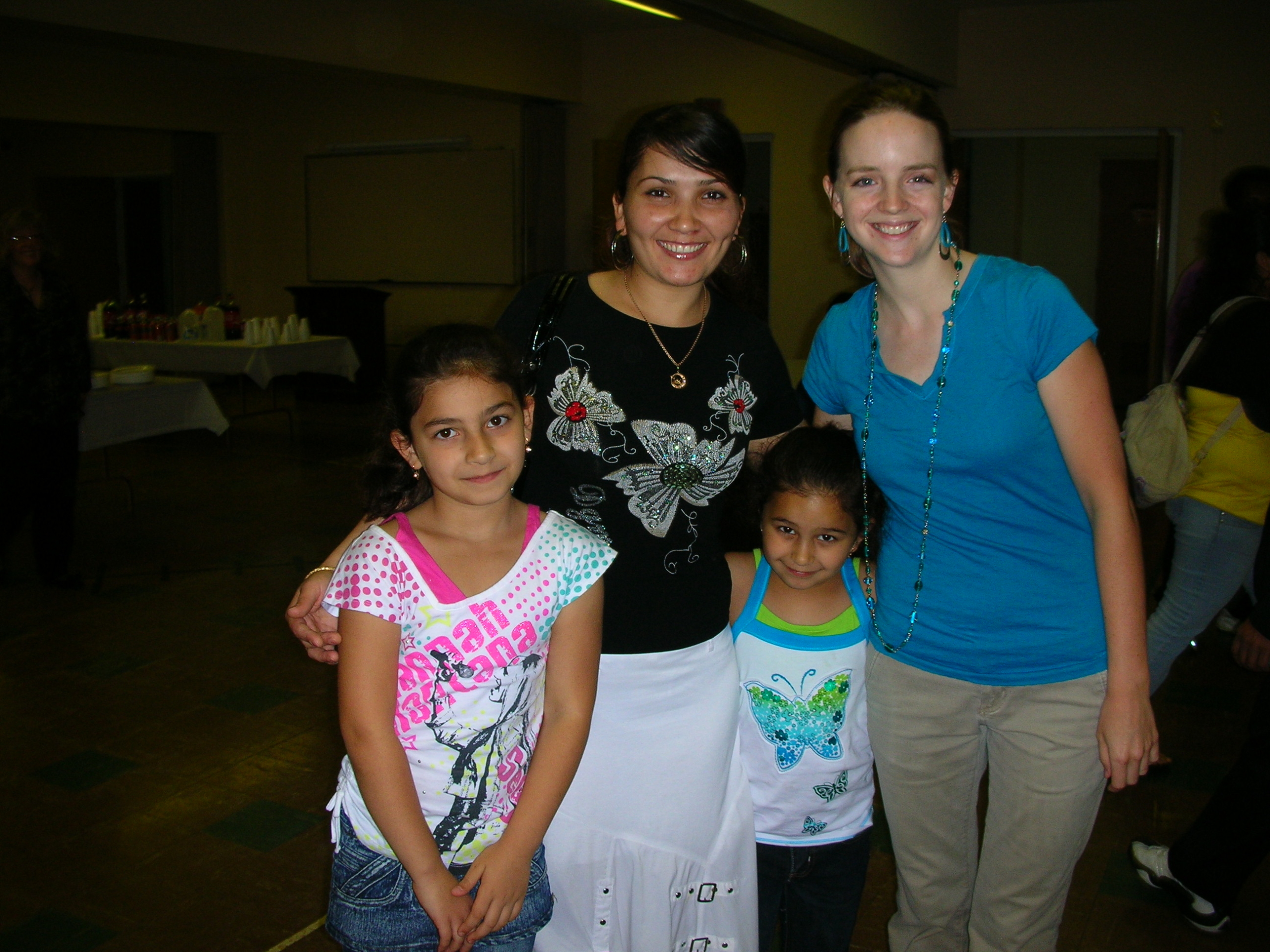
Demonstrated ability to analyze their own and other cultural and/or language systems and how this affects the teaching of English.
Description
The Ethnographic Report and the Reflective Report were created for TESL 530: Intercultural Communication and Language Teaching, taken in the Fall 2017 term with Dr. Mary Shepard Wong. In the Ethnographic Report, I investigate cultural norms within the Liberian refugee community in the US, including the aspects of social identity, relationships with parents/elders, and eye contact, along with corresponding pedagogical applications. In the Reflective Report, I discuss insights about my own cultural values and background as a Midwestern Caucasian American. Some of these include the expectation of compliance in situations where waiting is required (as contrasted with Middle Eastern culture), an emphasis on productivity over relationship and hospitality, and the high value placed on hard work.
Reflection
I was challenged through my reading of the Smith (2009) text; especially regarding listening well during cultural interactions without understanding too quickly. I have grown in my ability to look critically at my own white Midwestern culture (with a family heritage from Northern European immigrant farmers); for example, the seemingly commendable value of ‘hard work’ can lead to many negative consequences like greed, discontent, pride, and undervaluing relationships. Through my ethnographic project, I recognized the importance of avoiding negative judgments when nonverbal behaviors (in this case, eye contact) contradict my own cultural expectations. I was shocked when I realized how quickly these unconscious negative assumptions can come into play, true to the nonverbal expectancy violation theory (Burgoon, 1995; Floyd et al., 2008, in Jackson, 2014). As a result, I became more keenly aware of the need to separate my feelings about the person from my feelings about the culturally-influenced behavior they are exhibiting.
Application
In my future teaching, I will seek to foster an environment where learners from diverse cultural backgrounds can value and learn from one another. As a teacher, I will set an example of cultural sensitivity by listening well and understanding slowly (Smith, 2009) and will encourage the same from my students. As appropriate, I will incorporate activities into my instruction that allow learners to explore their cultural identity, such as preparing a presentation about their home country/region or interviewing a classmate from another cultural background. Through videos, role play, and class discussions, I will help my students become aware of differences in cultural values (respect for elders, time consciousness, hospitality, etc.) and nonverbal behaviors (eye contact, proxemics, touch, etc.) between their home culture and the one in which they now live.
Smith, D. (2009). Learning from the stranger: Christian faith and cultural diversity [Kindle edition]. Grand Rapids: Wm. B. Eerdmans. Retrieved from www.amazon.com
Jackson, J. (2014). Introducing language and intercultural communication. New York, NY: Routledge.
